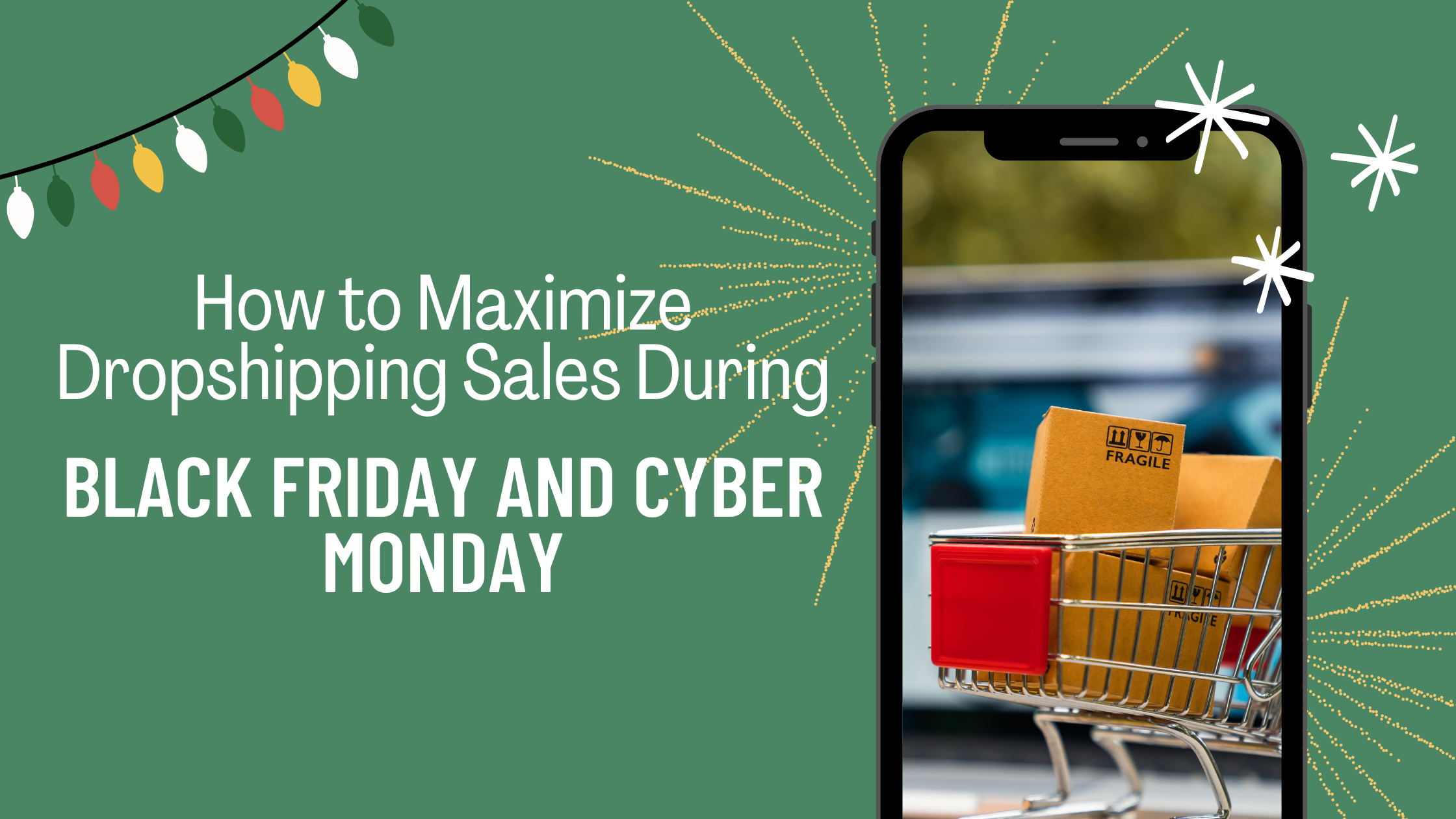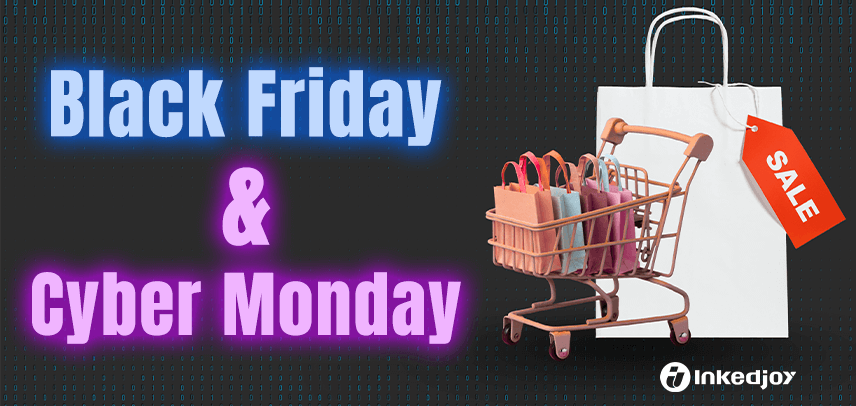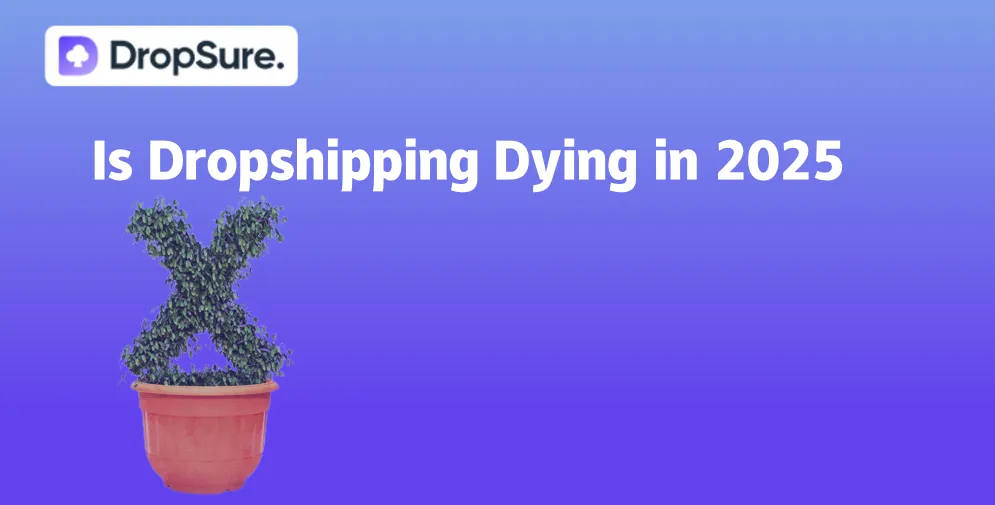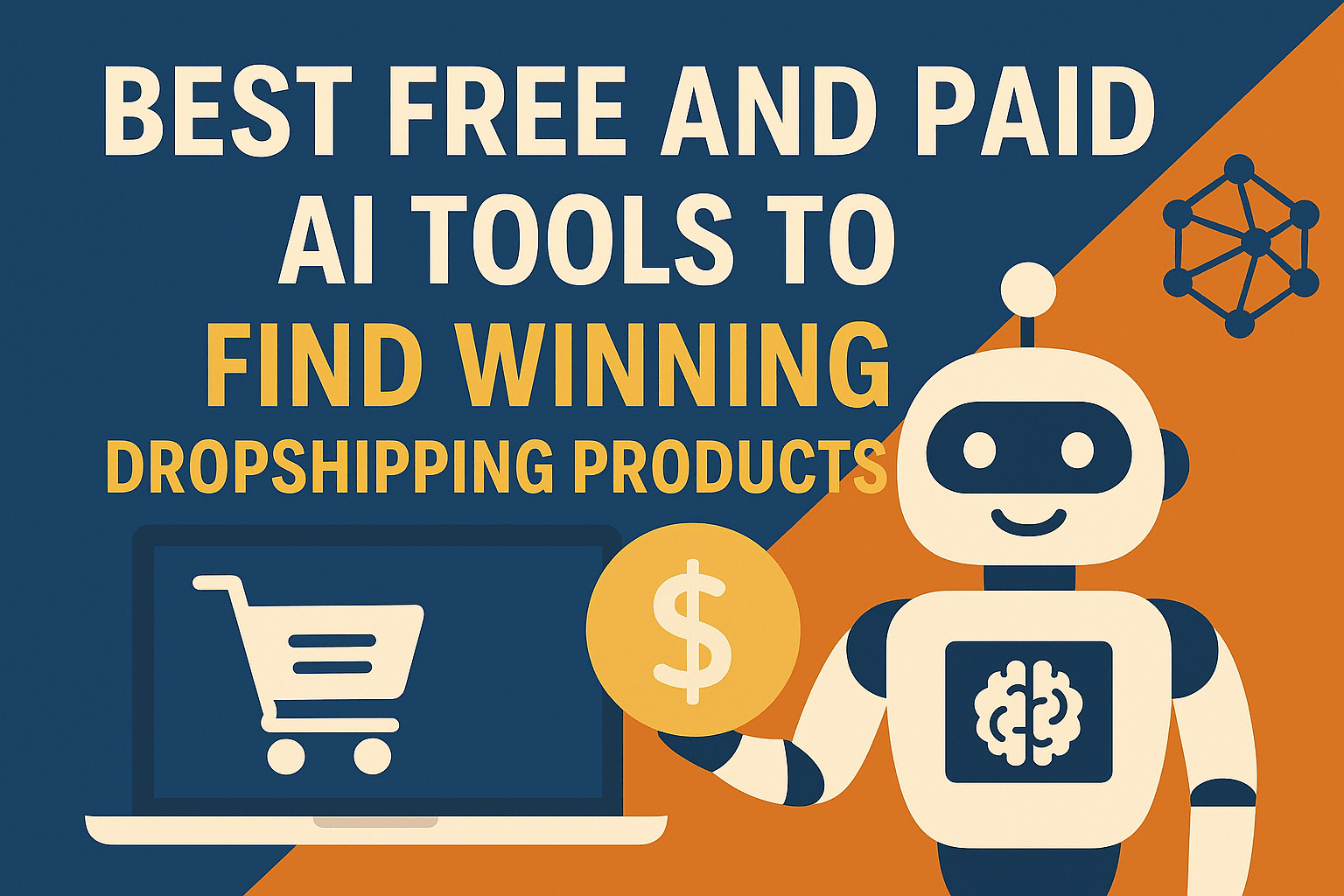
Whether you’re scaling your store or planning your first major sales push, the way you prepare in early November will determine your conversion rate, AOV, and overall profit.At DropSure, we’ve helped thousands of sellers get ready for peak season. Here’s a complete checklist to ensure your store is fully prepared for Black Friday and Cyber Monday.
- Optimize Your Winning Products Early
Don’t wait until the last week of November to choose your hero products.
- Look for:High demand + low competition
- Evergreen gifts (pet products, home gadgets, self-care)
- Fast shipping & stable inventory
- High margins or strong upsell potential
Focus on 3–5 main offers for your BFCM promotions.
- Then polish them with:Optimized titles
- Strong benefit-driven descriptions
- Clear product videos
- High-converting images
DropSure users can import products with one click and update product details directly inside the backend — saving days of manual editing.
- Build Your BFCM Offer Stack
Discount is just one piece of the puzzle. The sellers who crush BFCM use a full offer stack:
- Sitewide discount (10–25%)
- BOGO or bundle offer
- Free shipping threshold
- Free gift for orders above a certain amount
- Flash sale products with countdown timers
Your offer should pull customers toward higher AOV — not just lower prices.
- Prepare Your Store Pages
A clean, fast, trustworthy store converts better during BFCM traffic spikes.
Check these items:
- Page speed optimized (especially on mobile)
- Simple navigation
- Product page CTA placed above the fold
- Trust badges, reviews, UGC visible
- Clear shipping & return policies
Add a Black Friday landing page so customers instantly know there’s a sale going on.
- Strengthen Your Checkout & AOV Boosters
During BFCM, your checkout must be clean and friction-free.
Must-have improvements:
- One-click upsells
- Cart add-ons
- Bundle recommendations
- Automatic discount applied at checkout
- Multiple payment options
Even a small AOV increase (e.g., $3–$5) makes a huge difference during peak volume.
- Start Warm-Up Marketing Before the Sale
Don’t wait until Black Friday to activate your audience.
Warm-up ideas:
- Email: “Black Friday Is Coming — Get Early Access”
- SMS: VIP early-bird offer
- Retargeting ads (video or carousel)
- Social countdown posts
- Collecting emails via a BFCM waitlist page
When the sale starts, these warmed-up users convert much faster.
- Prepare Inventory & Shipping — Avoid Delays
BFCM traffic can overwhelm logistics. Choose reliable fulfillment.
For DropSure sellers, this means:
- Pre-checking inventory levels
- Using fast shipping routes
- Confirming warehouse processing time
- Tracking automatically synced to your store
A slow supplier can ruin an entire BFCM campaign.
A reliable one helps you scale smoothly.
- Make Customer Service Ready
Expect more:
- Pre-sale questions
- Order edits
- Shipping requests
- Gift returns
- Stock inquiries
Prepare:
- FAQ updates
- Auto-replies
- Quick templates
- Clear delivery time messaging
Fast customer support increases conversion and decreases refund rates.
- Track and Optimize in Real Time
Don’t wait until the end of Black Friday to make decisions.
Monitor:
- Product performance
- Add-to-cart rate
- Checkout drop-off
- ROAS (if running ads)
- Inventory levels
Kill slow products early and push budget toward winners.
Black Friday and Cyber Monday (BFCM) are the biggest revenue opportunities of the year for eCommerce sellers — and for dropshippers, preparation is everything.
Final Thoughts
Black Friday and Cyber Monday favor sellers who prepare early, optimize often, and move fast.
Dropshippers who win BFCM usually have:
- Winning products selected early
- High-impact offers
- Optimized store pages
- Strong logistics and support
- Warmed-up customer audiences
If you want your BFCM results to be your strongest ever, preparation starts today.

 4 min read
4 min read





